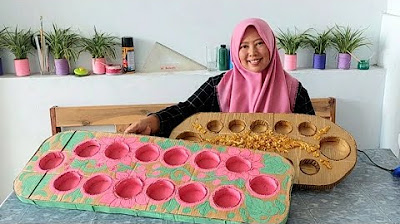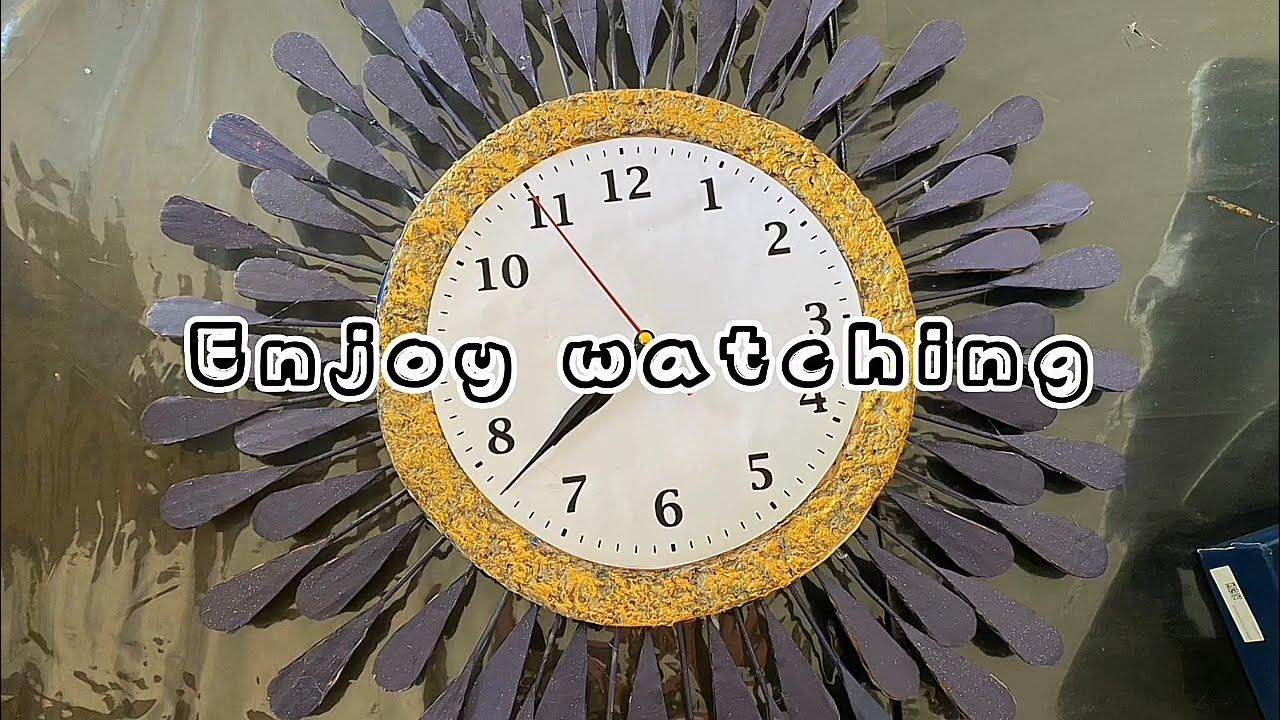Cutting Board for Beginners | Woodworking Basics
Summary
TLDRIn this episode of Casual Builds, Tim guides viewers through the step-by-step process of creating a beautiful walnut cutting board. He discusses essential factors such as selecting the right type of wood, understanding different cutting board styles, and the importance of proper wood preparation. Tim demonstrates techniques like jointing, planing, and gluing, emphasizing the significance of even clamping pressure. After sanding and finishing with mineral oil, he highlights maintenance tips for longevity. This video is a perfect resource for beginner DIY enthusiasts eager to craft their own high-quality cutting boards.
Takeaways
- 😀 Choose hardwoods like walnut, maple, or cherry for cutting boards due to their tight grain patterns.
- 😀 Understand the three types of cutting boards: face grain, edge grain, and end grain, each with distinct characteristics and pros/cons.
- 😀 Face grain boards are decorative but show knife marks easily and can dull knives quickly.
- 😀 Edge grain boards, like the one being made, are sturdy and less prone to warping but still show knife marks.
- 😀 End grain boards are the best for knife maintenance but are time-consuming to make and require proper gluing.
- 😀 Use a miter saw to cut wood into appropriate lengths before jointing and planing for a flat surface.
- 😀 Apply Titebond III glue, ensuring equal clamping pressure and enough squeeze-out for a solid bond.
- 😀 After glue-up, wait until the next day to unclamp and plane the board for a smooth finish.
- 😀 Sand the board starting with 120 grit and working up to 220 grit, and remember to wet-sand to raise wood fibers.
- 😀 Finish the board with multiple coats of mineral oil and consider a wax-based conditioner for long-term care.
Q & A
What type of wood is recommended for cutting boards?
-Hardwoods like walnut, maple, and cherry are recommended due to their tight grain patterns.
What are the three types of cutting boards mentioned in the video?
-The three types are face grain, edge grain, and end grain, each with different characteristics and benefits.
What are the advantages of using an edge grain cutting board?
-Edge grain boards are sturdy, less likely to warp, and allow for control over the width of the board.
What is the main disadvantage of face grain cutting boards?
-Face grain boards show knife marks more easily and can dull knives quickly.
How should the wood be prepared before gluing?
-The wood should be flattened using a jointer and planer to avoid gaps when glued.
What type of glue is used in this project?
-Titebond III, which is waterproof, is used for gluing the boards together.
What should you do after applying glue to the boards?
-Clamp the boards with equal pressure and allow them to sit until the glue dries, typically overnight.
What is the sanding process described in the video?
-Start with 120 grit sandpaper and progress to 220 grit, spraying the board with water to raise the wood fibers before sanding again.
How many coats of finish should be applied to the cutting board?
-It is recommended to apply 3 to 4 coats of mineral oil, allowing 20 minutes between each coat.
What is the purpose of the wax conditioner mentioned in the video?
-The wax conditioner helps rejuvenate the board and maintain its finish over time.
Outlines

Cette section est réservée aux utilisateurs payants. Améliorez votre compte pour accéder à cette section.
Améliorer maintenantMindmap

Cette section est réservée aux utilisateurs payants. Améliorez votre compte pour accéder à cette section.
Améliorer maintenantKeywords

Cette section est réservée aux utilisateurs payants. Améliorez votre compte pour accéder à cette section.
Améliorer maintenantHighlights

Cette section est réservée aux utilisateurs payants. Améliorez votre compte pour accéder à cette section.
Améliorer maintenantTranscripts

Cette section est réservée aux utilisateurs payants. Améliorez votre compte pour accéder à cette section.
Améliorer maintenantVoir Plus de Vidéos Connexes

Cantik !! Tutorial Membuat Mahkota Hiasan Kepala Karnaval Adat Papua Burung Cendrawasih dari Kertas

KALUNG ADAT DARI KARDUS BEKAS DAN KERTAS EMAS

Cara membuat papan dakon, congklak dari bahan kardus bekas.

Vidio tutorial pembuatan jam dinding merak dari limbah sampah oleh (kelompok 2 ,Kelas X1)

VIDEO PEMBELAJARAN KETERAMPILAN TATA BOGA; PEMBUATAN KLEPON SMPLB & SMALB ASUHAN KASIH

How to make a creative cardboard mini marble track - DIY tutorial
5.0 / 5 (0 votes)
